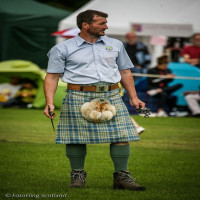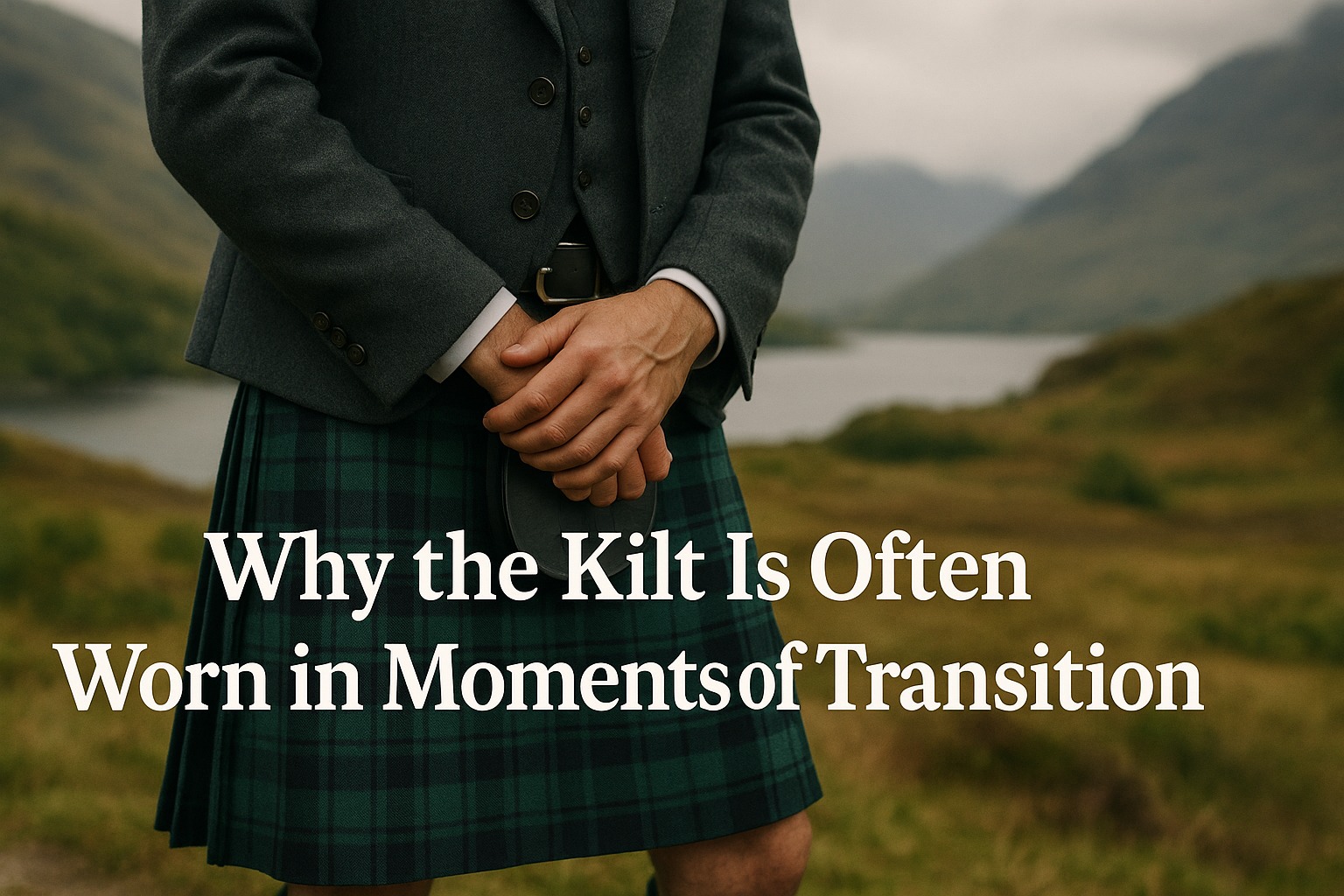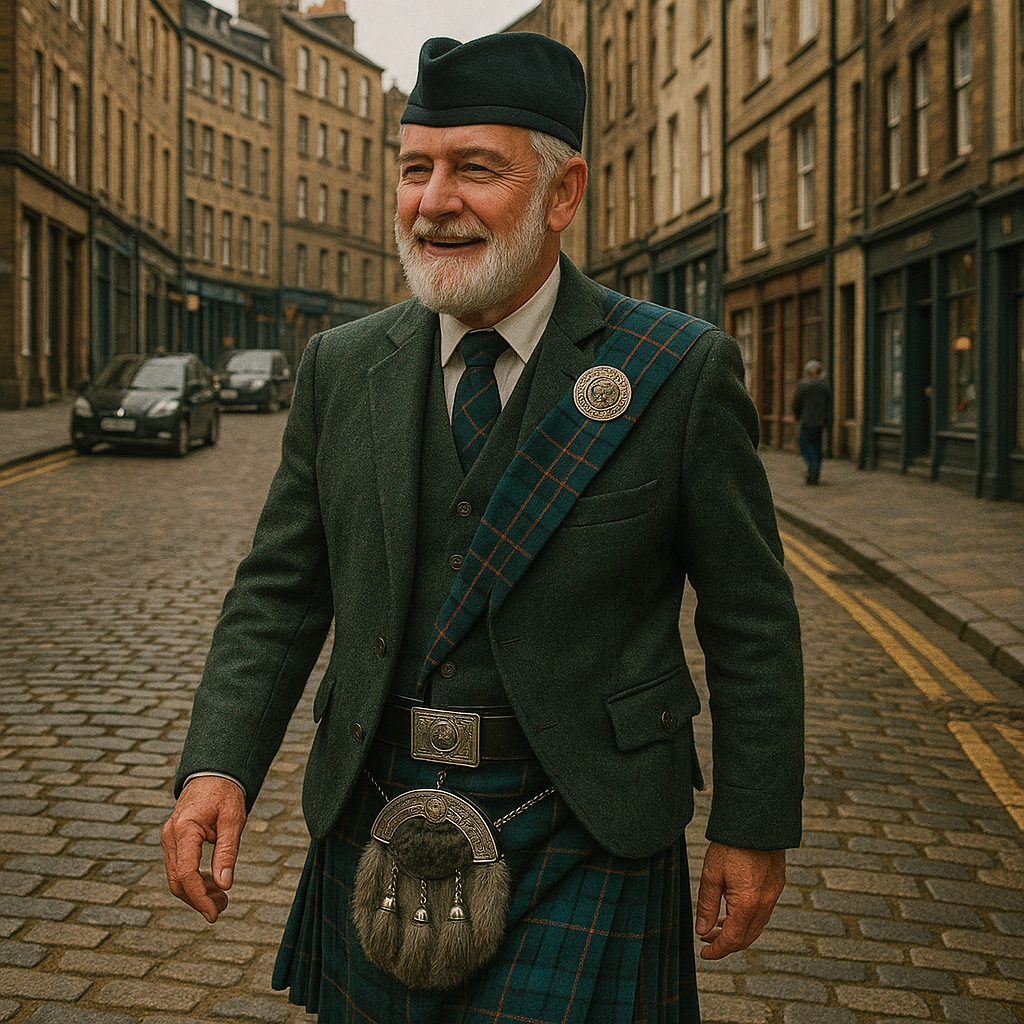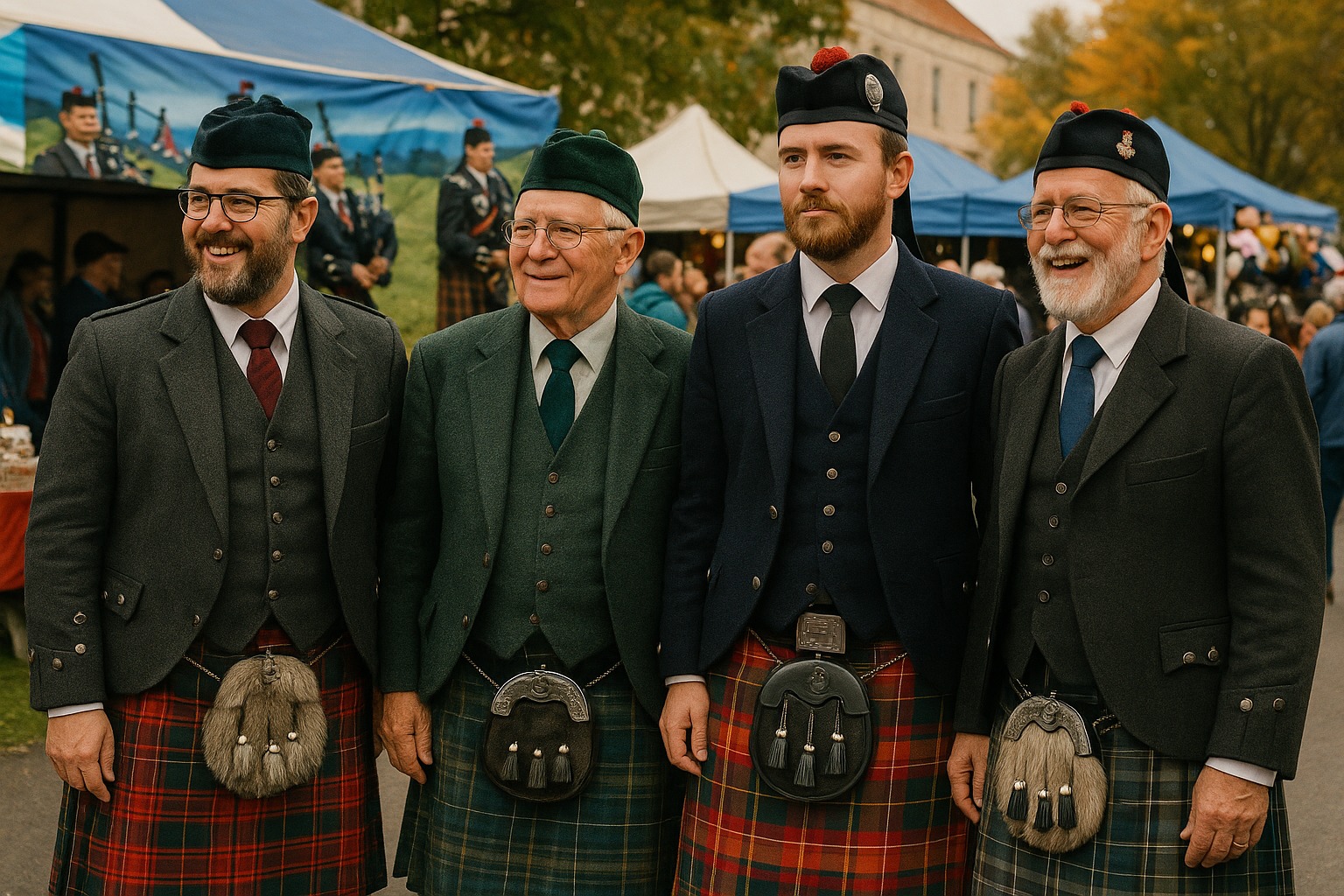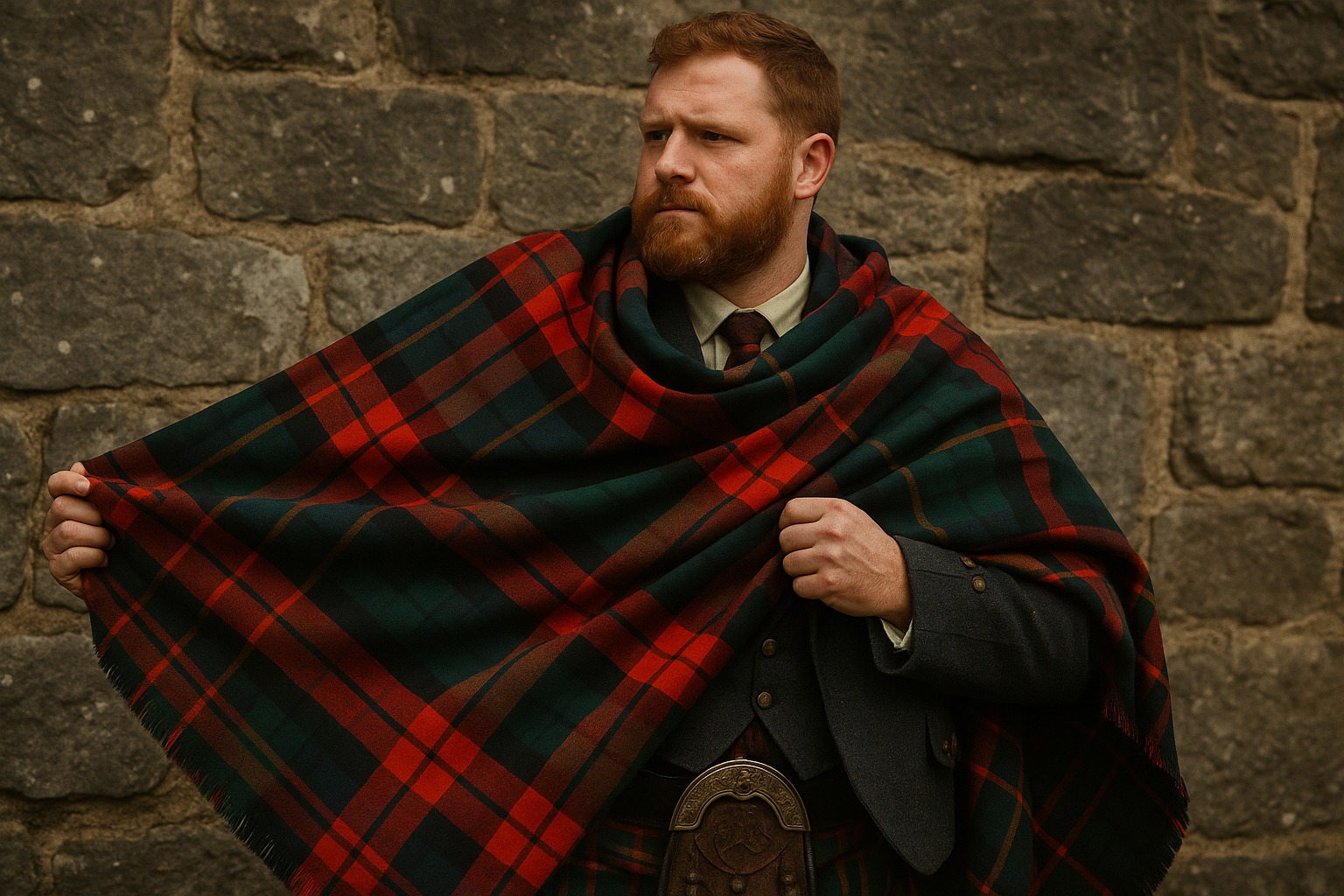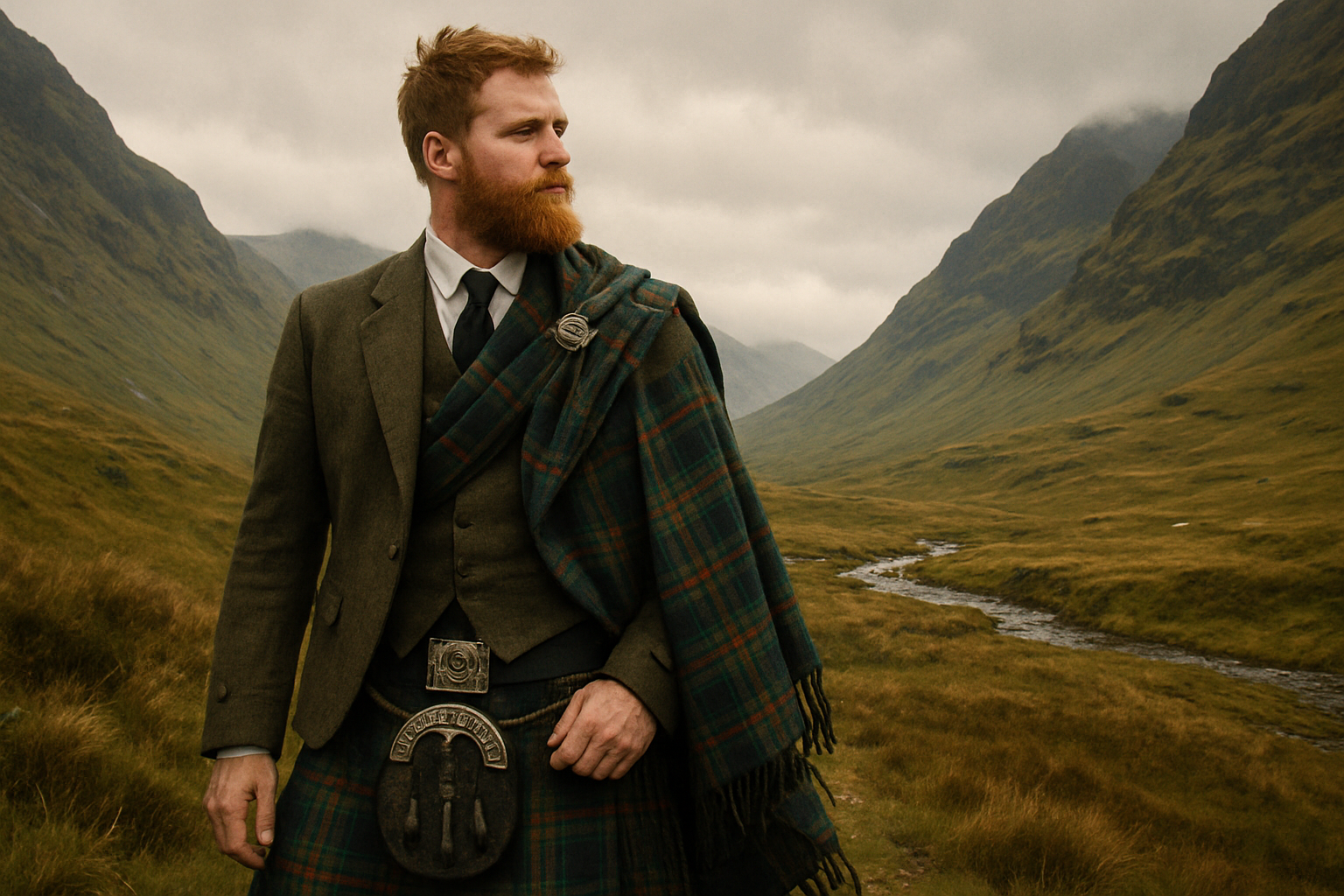How Wearing a Kilt at a Family Event Changes the Atmosphere
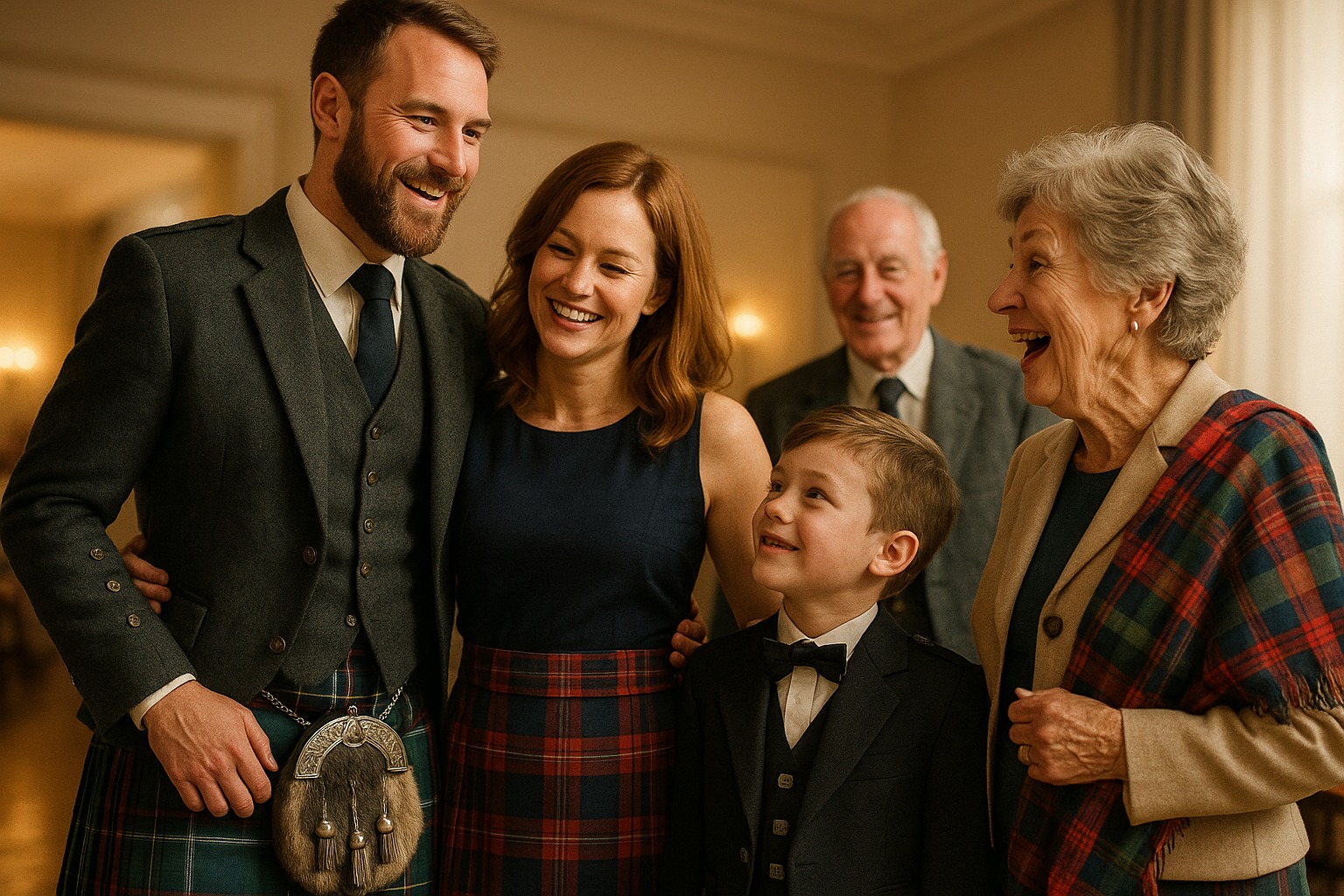
Strong 8k brings an ultra-HD IPTV experience to your living room and your pocket.
Introduction: A Garment That Holds More Than Cloth
In an age where attire often reflects fleeting trends, the kilt stands apart as a symbol of enduring identity, history, and belonging. Nowhere is its power more palpable than at family events. When someone wears a kilt to a gathering—whether a wedding, funeral, birthday, anniversary, or reunion—the energy in the room shifts. People notice. People remember. Conversations open, emotions stir, and a deeper sense of connection takes root.
This article explores how wearing a kilt at a family event can transform the atmosphere, enrich relationships, and inspire legacy. It reveals why the kilt, more than just a cultural artifact, becomes a living force at the heart of family life.
________________________________________
1. Entering the Room: The Power of Presence
The moment someone enters a family event in a kilt, there is an immediate sense of ceremony. Not formality in the stiff or distant sense, but reverence. A visual signal is sent: this day matters.
The kilt’s unique silhouette, rich color, and heritage patterns immediately command attention. It stands in stark contrast to modern dress codes, not in opposition, but in intention. Whether it’s a traditional wool tartan kilt or a modern hybrid, the impact is the same: a sense that history just walked into the room.
This kind of presence elevates the event. People straighten their posture, quiet their voices, and lean in. It encourages mindfulness. And in a world of distractions, mindful presence is a gift.
________________________________________
2. Creating Emotional Space
Family events are emotional spaces. They mark transitions—births, unions, farewells, achievements. But not everyone knows how to navigate that emotion. The kilt becomes a kind of emotional anchor.
At a wedding, the groom in a kilt often moves people to tears. At a funeral, a son wearing his father’s tartan can break and soothe hearts at once. Even at a birthday party, a grandfather wearing his old regimental kilt quietly reminds everyone of time, memory, and love.
The kilt doesn’t ask for attention—it opens space for it. It says: here, you can feel something. And feeling, in family, is everything.
________________________________________
3. Inviting Conversation and Curiosity
At any family event, there are moments of silence, small talk, or generational gaps. The kilt often becomes a bridge.
Children ask, "What tartan is that?"
Teenagers say, "I wish I had the guts to wear one."
Elders smile knowingly.
Stories begin to flow. The origin of the tartan, the person it belonged to, the last time it was worn. The kilt becomes a thread that pulls history into the present.
These conversations foster connection across ages. They validate identity. They welcome people into a shared story, regardless of whether they were born into it or married in.
________________________________________
4. Honoring the Absent
At many family events, someone is missing—a father, mother, cousin, or child. Wearing their kilt, or their tartan, becomes a quiet, powerful form of remembrance.
It says: "They are not forgotten."
At funerals, this is common. But even at joyful gatherings, wearing a loved one’s tartan can serve as tribute. It keeps their spirit alive, invites stories, and ensures they are part of the occasion.
In this way, the kilt helps families grieve and celebrate at once.
________________________________________
5. Strengthening Generational Ties
When young boys and girls see their relatives wearing kilts, something stirs. Curiosity grows. Pride begins to bloom.
"Will I get one too?"
"Is that our tartan?"
Parents and grandparents have the chance to pass down not just a garment, but the meaning behind it. And that meaning can anchor identity in ways modern culture often can’t.
The kilt becomes more than fabric—it becomes a gift of belonging.
________________________________________
6. Elevating the Occasion
No matter how casual a gathering may be, the presence of a kilt elevates it. Kilts are not loud, but they are loud with meaning.
They say:
• This is more than dinner.
• This is more than a weekend.
• This is memory in the making.
Photographs with kilts become cherished keepsakes. Videos of dancing uncles in kilts are replayed for years. The kilt helps turn ordinary moments into cultural milestones.
________________________________________
7. Deepening Cultural Pride
Not everyone at a family event shares the same depth of connection to Scottish culture. Some may be distantly related. Others may be in-laws. Some may not even know their heritage.
But the kilt invites everyone into the fold.
It doesn’t gatekeep. It welcomes.
It teaches that identity isn’t about purity—it’s about participation. Wearing a kilt, or witnessing someone wear one, makes Scottish culture feel alive and generous.
________________________________________
8. Rewriting Gender Norms with Grace
Kilts allow men, in particular, to move through family spaces with emotional visibility. They soften postures. They encourage storytelling. They allow for sentiment.
Women in Highland dress, too, reclaim power and elegance. Sashes, skirts, arisaids, and tailored jackets express heritage with strength and style.
Kilts normalize beauty, movement, and vulnerability across genders. They invite grace into masculinity and strength into femininity.
________________________________________
9. Encouraging New Traditions
One of the most beautiful effects of wearing kilts at family events is the birth of new traditions:
• Annual tartan photos
• Passing down a kilt at each milestone
• Sewing a memory ribbon into every hem
• Letting children choose or design their tartan
These acts don’t replace old traditions. They evolve them. And evolving tradition is how culture survives.
________________________________________
10. Leaving a Lasting Impression
Family events fade. Memories blur. But the kilt leaves an imprint.
People remember who wore it. They remember what was said around it. They remember how it made them feel.
The kilt becomes a symbol within the family narrative, referred to in stories, photos, and reflections for decades. It helps cement the memory of that day into the collective archive.
________________________________________
Conclusion: A Living Legacy, One Pleat at a Time
To wear a kilt at a family event is to bring your ancestors to the table, your pride to the floor, and your heart to the front. It changes the atmosphere not through grandeur, but through authenticity.
It roots the gathering in meaning. It invites emotion. It fosters unity.
And when the party ends, the kilt remains—folded neatly, ready for the next moment that matters.
Because it’s more than fabric.
It’s family, worn well.
Note: IndiBlogHub features both user-submitted and editorial content. We do not verify third-party contributions. Read our Disclaimer and Privacy Policyfor details.

